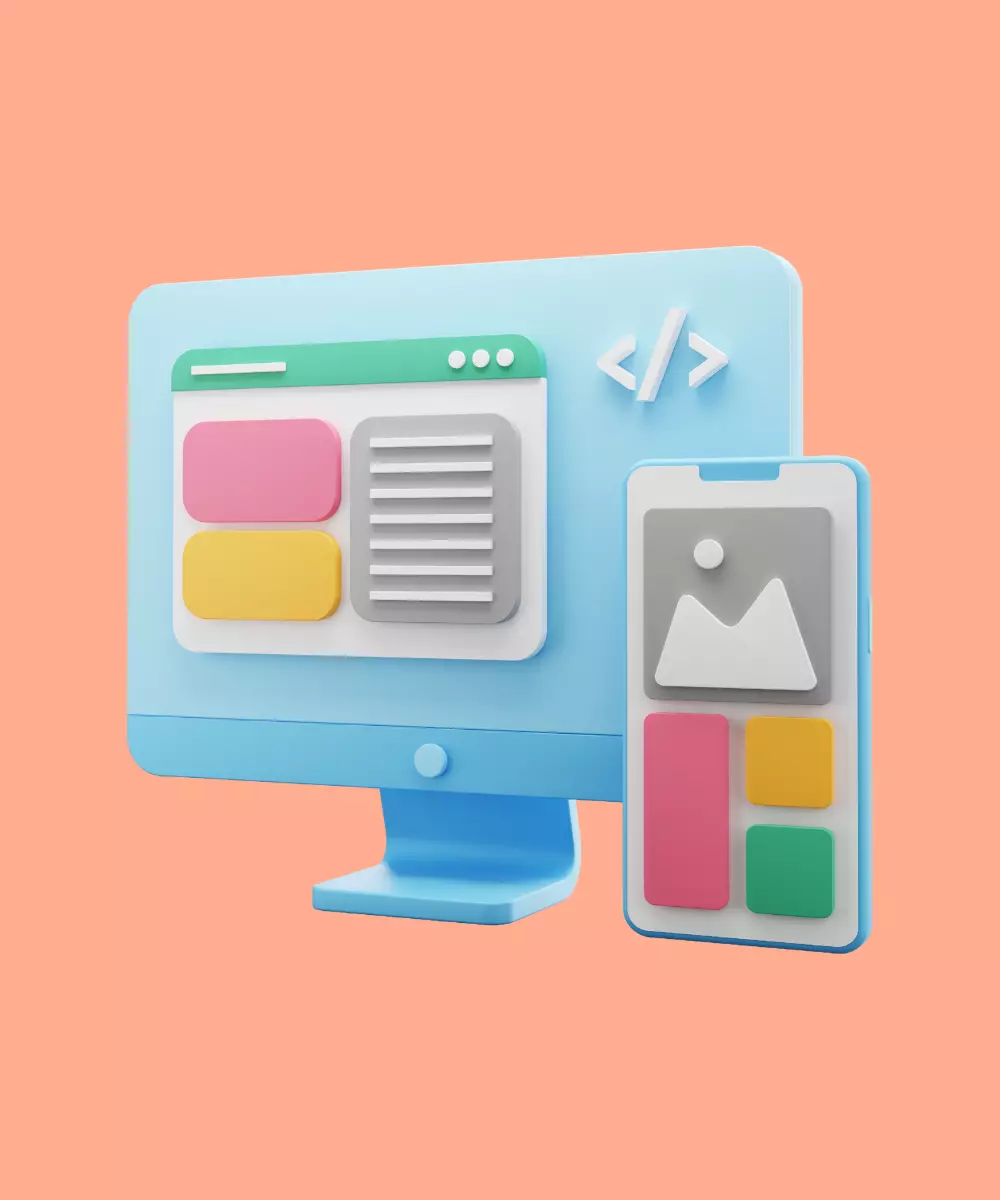In today's digital age, mobile applications have become the cornerstone of businesses, offering unparalleled user engagement and driving growth. Enter cross-platform mobile application development—a solution that promises to bridge the gap between various devices and platforms. But what exactly is it? At its core, cross-platform development is about creating mobile applications that are compatible with multiple operating systems, such as iOS and Android, using a single codebase. This approach contrasts with native application development, where separate codebases are maintained for different platforms.
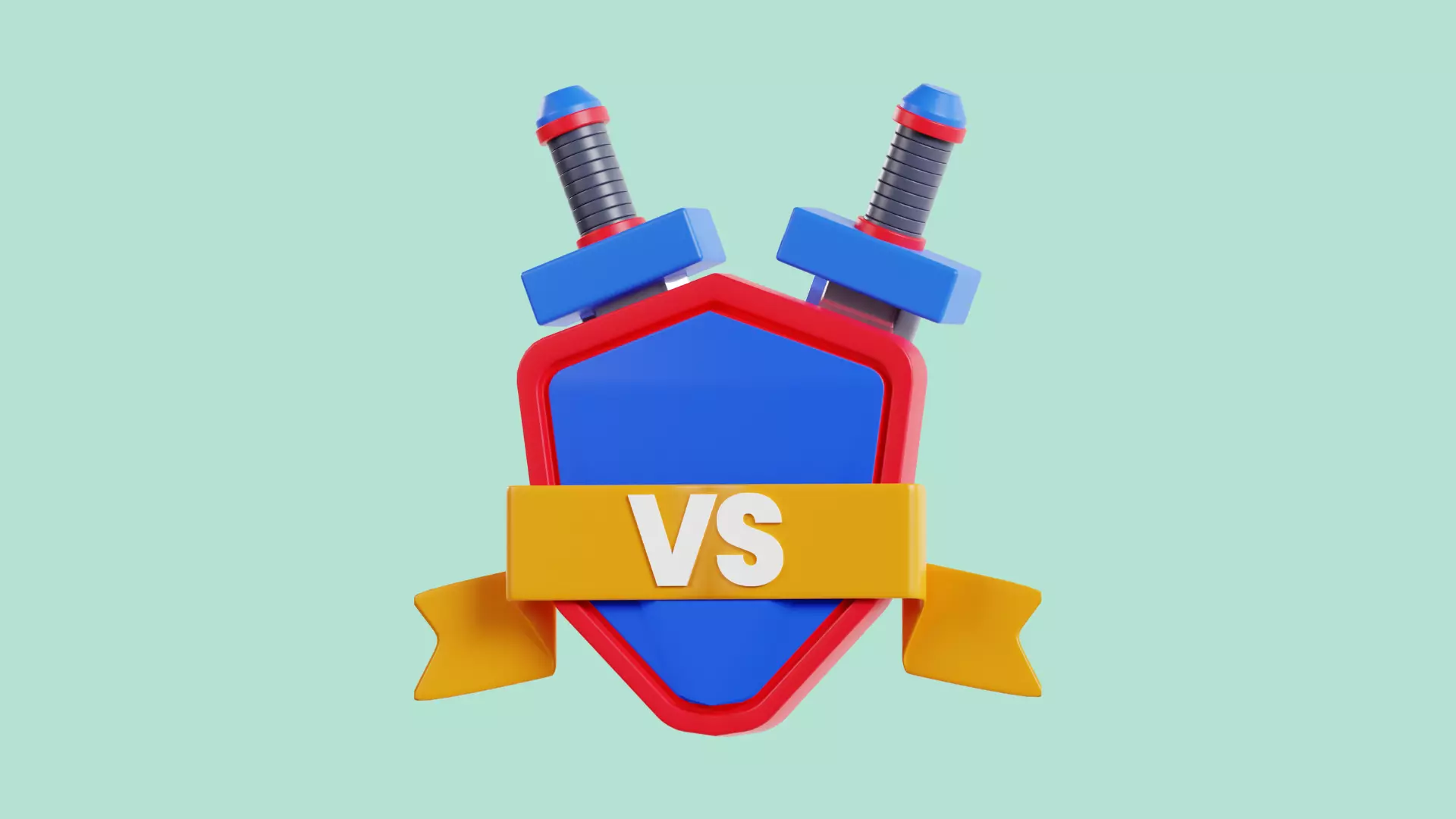
The market for cross-platform mobile application development has seen exponential growth in recent years. According to a report by MarketsandMarkets, the global cross-platform development market is expected to reach $80 billion by 2025, growing at a CAGR of 26.1% from 2020. This surge can be attributed to the myriad of benefits it offers, from cost savings to reduced time-to-market. Moreover, with the rise of frameworks like Flutter and React Native, the development process has become more streamlined and efficient.
However, as with any technology, cross-platform development is not without its challenges. This article aims to provide a comprehensive overview of its options, costs, and associated risks, helping businesses navigate the complex landscape of mobile application development.
Why Choose Cross-Platform Development?
In the competitive landscape of mobile app development, businesses often grapple with the decision of which platform to prioritize. While native development—creating separate apps for iOS, Android, and other platforms—has its merits, cross-platform development is increasingly becoming the go-to choice for many businesses. Here's why:
Faster time-to-market
One of the most compelling advantages of cross-platform development is the speed at which apps can be launched. By writing code once and deploying it across multiple platforms, developers can significantly reduce the development time. According to a study by Statista, businesses that opted for cross-platform development launched their apps 30% faster than those who went the native route.
Cost-effective development
Budget constraints are a reality for most businesses, especially startups and SMEs. Cross-platform development offers a solution to this challenge. Instead of hiring separate teams for iOS, Android, and other platforms, businesses can leverage one team, leading to reduced development costs. A report by Forrester highlighted that cross-platform development could cut app development costs by up to 50% compared to native development.
Wider audience reach
By targeting multiple platforms simultaneously, businesses can tap into a broader audience base. Consider this: while iOS dominates markets like the U.S. and Western Europe, Android holds a significant share in regions like Asia and Africa. By going cross-platform, businesses can ensure they don't miss out on potential users and revenue streams.
Uniform user experience
Ensuring a consistent user experience across different platforms can enhance brand identity and user satisfaction. With cross-platform development, businesses can maintain a consistent look, feel, and functionality across devices, leading to increased user retention and loyalty.
Maximizing budget efficiency
For businesses, especially those operating on tight budgets, the return on investment (ROI) is crucial. Cross-platform development not only reduces upfront development costs but also minimizes ongoing maintenance expenses. Instead of updating and maintaining multiple codebases, businesses can focus on a single one, leading to further cost savings in the long run.
Flexibility and scalability
Cross-platform frameworks are designed to be flexible. If a business decides to pivot or expand its app's features, it's often easier and more cost-effective to do so with a cross-platform approach. This flexibility ensures that as the business grows, the app can scale with it without incurring exorbitant costs.
Options for Cross-Platform Development
The world of cross-platform development is rich and varied, with a plethora of frameworks and tools available. Each comes with its unique features, advantages, and potential challenges. Let's delve deeper into some of the most popular options:
Flutter
Owned by Google, Flutter has rapidly gained traction among developers and businesses alike. Its primary selling point is the "widget-based" design, allowing for highly customizable and dynamic apps. With its Dart programming language, Flutter offers a fresh approach to app development, ensuring smooth animations and transitions.
- Advantages: Rich set of widgets, strong performance, and a growing community.
- Challenges: Being relatively new, it might have fewer third-party packages compared to older frameworks.

React Native
Developed by Facebook, React Native is perhaps the most well-known cross-platform framework. It allows developers to build mobile apps using JavaScript and React. With a vast community and support, finding solutions to potential problems is often straightforward.
- Advantages: Large community, extensive library of plugins, and the ability to write some components in native code if required.
- Challenges: Performance can sometimes be an issue, especially with complex animations.
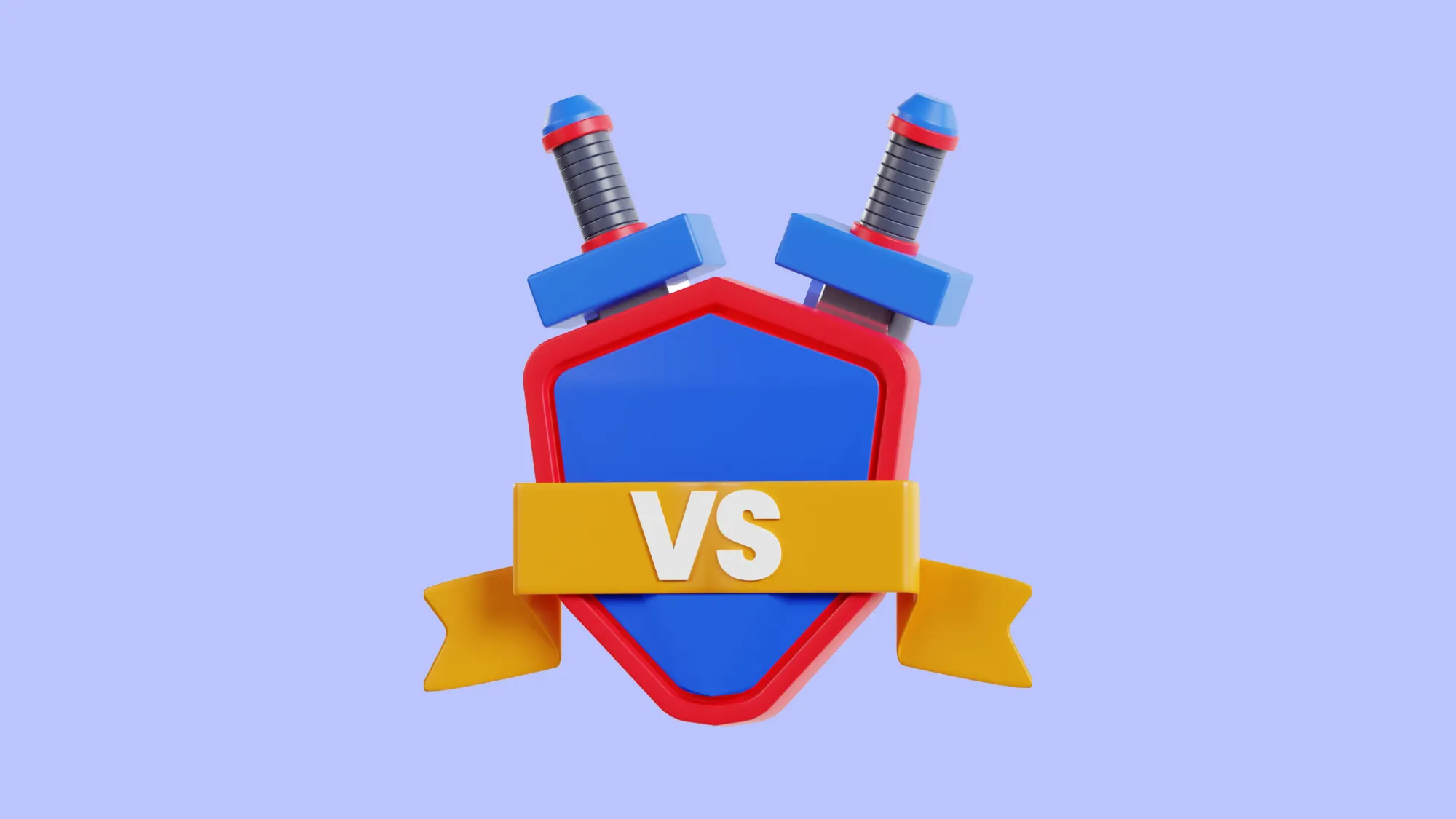
Xamarin
A product of Microsoft, Xamarin uses C# for coding, making it a favorite for developers familiar with the .NET ecosystem. It offers near-native performance and has extensive support from Microsoft's robust development tools.
- Advantages: Strong performance, native user interface, and extensive Microsoft support.
- Challenges: Larger app size and fewer third-party libraries compared to React Native.
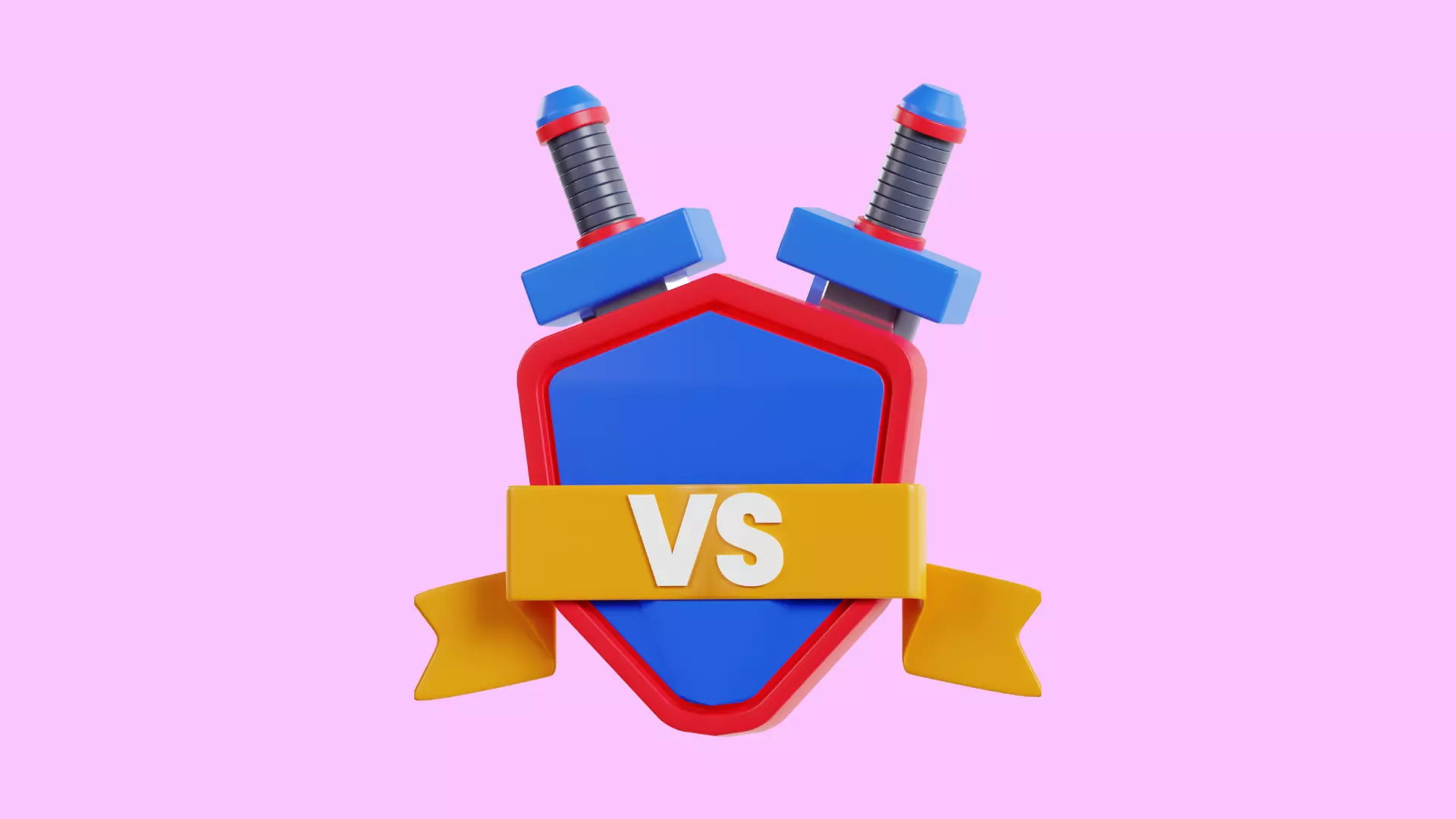
Ionic
Ionic stands out as it focuses on web technologies, allowing developers to create apps using HTML, CSS, and JavaScript. It's a perfect choice for web developers transitioning to mobile app development.
- Advantages: Use of familiar web technologies, vast community, and a rich set of plugins.
- Challenges: Might not offer the same performance level as other frameworks for more complex apps.
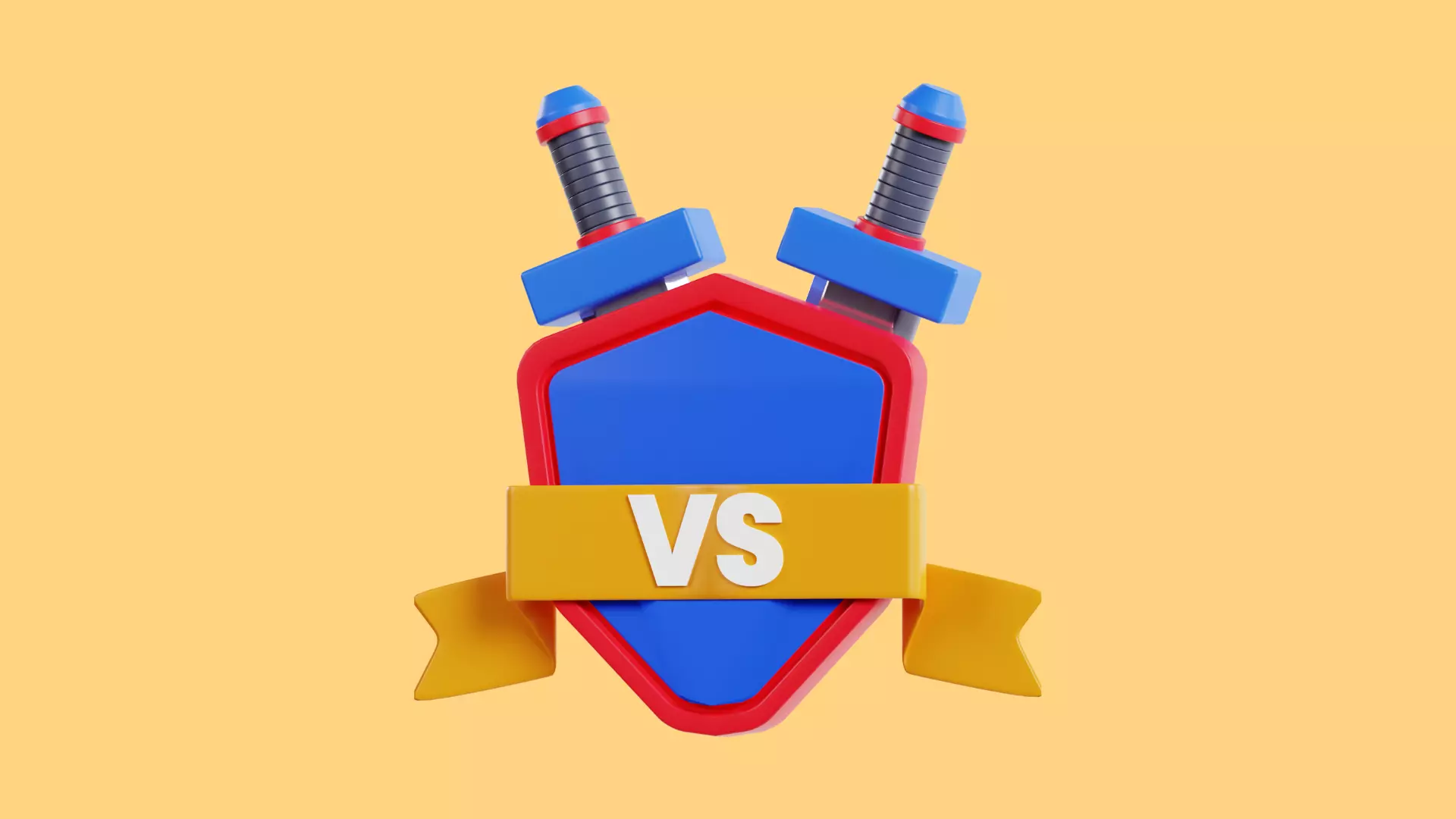
Cordova
Cordova, powered by Apache Cordova, is a free and open-source framework that allows the creation of mobile apps using standard web APIs for cross-platform development.
- Advantages: Use of web technologies, extensive plugin architecture, and a strong community.
- Challenges: Reliance on third-party plugins can sometimes introduce inconsistencies.
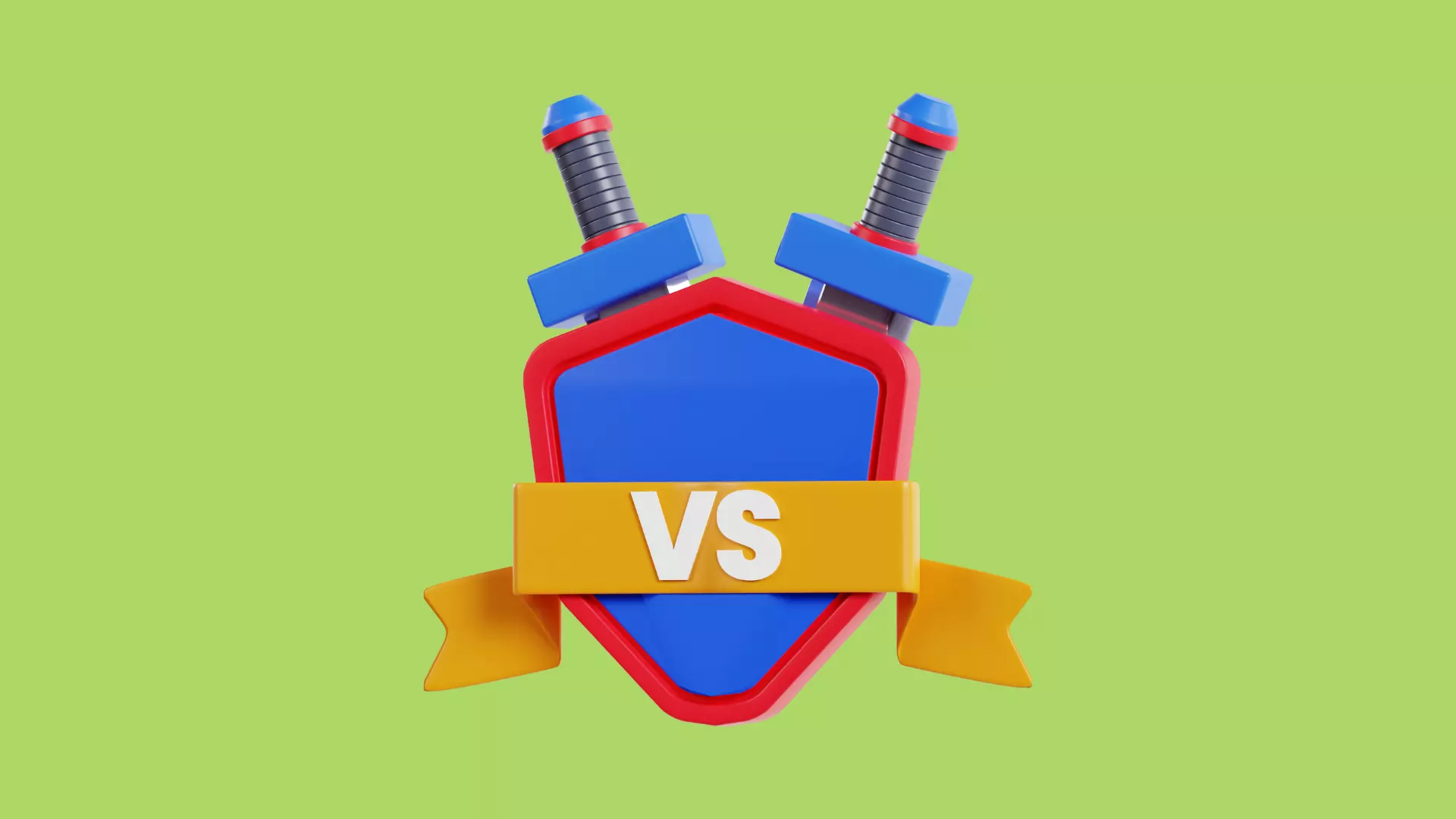
Cost of Cross-Platform Mobile Application Development

When considering the financial implications of mobile app development, cross-platform solutions often emerge as a cost-effective choice. However, understanding the nuances of these costs, both apparent and hidden, is crucial for businesses to budget effectively. Let's break down the costs associated with cross-platform mobile application development:
Cost benefits
- Shared codebase
One of the most significant advantages of cross-platform development is the shared codebase. Instead of developing separate codes for iOS, Android, and potentially other platforms, developers can write once and deploy everywhere. This unified approach can reduce development hours by up to 50-70%, leading to substantial cost savings.
- Uniform testing procedures
With a consistent app behavior across platforms, the Quality Assurance (QA) process becomes streamlined. Instead of testing separate codebases for each platform, testers can focus on a single set, reducing the time and resources required for QA. This uniformity can bring down QA costs by approximately 30-40%.
- Faster ROI
The reduced time to market, a direct consequence of faster development cycles, means businesses can start earning revenue sooner. With the app reaching audiences across multiple platforms simultaneously, the potential for quicker user acquisition and monetization increases, leading to a faster return on investment.
Potential hidden costs
- Framework licensing fees
While many cross-platform frameworks are open-source and free, some come with licensing fees, especially when accessing premium features or when deploying for commercial purposes. For instance, certain features in Xamarin might require a paid Microsoft Visual Studio license.
- Training costs
If your development team is primarily versed in native development or unfamiliar with the chosen cross-platform framework, there might be a learning curve involved. This could mean investing in training sessions, workshops, or courses, adding to the initial development costs.
- Third-party plugins or extensions
Cross-platform frameworks often rely on plugins or extensions to access native device features. While many of these are free, some premium plugins come with licensing fees. Additionally, integrating these plugins might require additional development hours, especially if they're not fully compatible with the chosen framework.
- Integration and customization costs
While cross-platform tools are designed for broad compatibility, there might be instances where specific customizations or integrations are required for a platform. These custom developments, aimed at ensuring the app feels 'native' on all devices or integrates seamlessly with platform-specific services, can introduce additional costs.
- Maintenance and update costs
Though cross-platform apps benefit from a shared codebase, periodic updates, especially those addressing platform-specific changes or issues, can introduce costs. It's essential to budget for regular app maintenance, updates, and potential bug fixes.
Cost comparisons
To put things in perspective, developing a native app for both iOS and Android might cost anywhere from $50,000 to $500,000, depending on the app's complexity, features, and design intricacies. In contrast, a cross-platform solution for the same app could range from $30,000 to $250,000, offering substantial savings.
However, it's crucial to approach these figures with caution. The actual costs can vary based on the development region (with agencies in North America typically charging more than those in Asia), the agency's expertise, and the specific project requirements.
Risks of Cross-Platform Mobile Application Development
While cross-platform mobile application development offers a plethora of benefits, it's not without challenges. Recognizing and understanding these risks is essential for businesses to make informed decisions and to prepare adequately. Let's explore the potential pitfalls and challenges:
Performance issues
- Memory consumption
Cross-platform apps might consume more memory than their native counterparts, potentially leading to slower app speeds or increased battery consumption on devices.
Integration challenges
- Native features
While cross-platform frameworks have come a long way in offering access to native device features, there can still be instances where integration takes more time. Features like GPS, camera, or sensors might not always work seamlessly, requiring additional plugins or custom code.
- Third-party services
Integrating third-party services, especially those that are platform-specific, can be more challenging in cross-platform apps. Due to the fact that there may not be ready-made libraries for integrating certain services such as analytics, for example, and services tied to native platforms, it may be necessary to write a plugin that will have pieces of native code and will allow integration. This can lead to increased development time or the need for specialized expertise.
Maintenance and updates
- Platform-specific updates
When a mobile OS releases a new update or introduces a new feature, native apps can quickly adapt. However, cross-platform apps might have to wait until the framework they're built on supports the new feature or update. This lag can lead to compatibility issues or missed opportunities in leveraging the latest functionalities.
UX/UI consistency
- Platform-specific design guidelines
Each platform, be it iOS, Android, or others, has its design guidelines and user interface norms. Striking a balance between maintaining uniformity across platforms and adhering to these platform-specific guidelines can be challenging. This can sometimes lead to an app that feels slightly out of place or doesn't offer the optimal user experience on all devices.
- Customization limitations
While cross-platform tools offer a wide range of customization options, they might not be as extensive as native development tools. This can limit the design or functionality in certain scenarios, potentially compromising the user experience.
Making the Right Decision: Factors to Consider
Choosing between cross-platform and native development is not a one-size-fits-all decision. It requires careful consideration of various factors, each playing a crucial role in determining the project's success. Here's a deeper dive into the elements businesses should evaluate before making their choice:
1. Understanding your app
a. Complexity
- Depth of features: Does your app require high-end graphics or intricate functionalities?
- Native feature integration: How reliant is your app on device-specific features?
b. Future trajectory
- Scalability: Will your app need frequent updates or feature additions?
- Iterative development: Do you plan on releasing in phases and updating based on feedback?
2. Knowing your audience
a. Platform preference
- Demographics: Where does the majority of your target audience lie? iOS, Android, or both?
b. User expectations
- Performance vs. consistency: Does your audience value rapid performance or a consistent experience across devices?
3. Budgetary considerations
a. Development costs
- Initial investment: Weighing the initial costs of native vs. cross-platform development.
- Maintenance and updates: Considering the long-term financial implications.
b. Return on investment
- Speed of deployment: The financial benefits of getting to market faster.
- User acquisition: Potential revenue streams based on platform choice.
4. Timeline and development speed
a. Team expertise
- Familiarity with tools: How well-versed is your team with the chosen development approach?
b. Framework capabilities
- Efficiency: Evaluating the speed and features of potential development tools.
Conclusion
The realm of mobile app development is vast and ever-evolving. Cross-platform development, especially with tools like Flutter, offers businesses a unique blend of efficiency, cost-effectiveness, and broad reach. While there are challenges to consider, the benefits often outweigh the drawbacks, especially when you have the right expertise by your side.
Choosing between native and cross-platform isn't just about technology; it's about aligning with your business vision, understanding your audience, and optimizing resources. As the digital landscape continues to shift, staying adaptable and informed is key.
If you're considering diving into the world of cross-platform development, or specifically Flutter, our team at What the Flutter is here to guide you. With our deep expertise and commitment to innovation, we can help bring your app vision to life. Reach out to us today and let's shape the future of mobile apps together.

